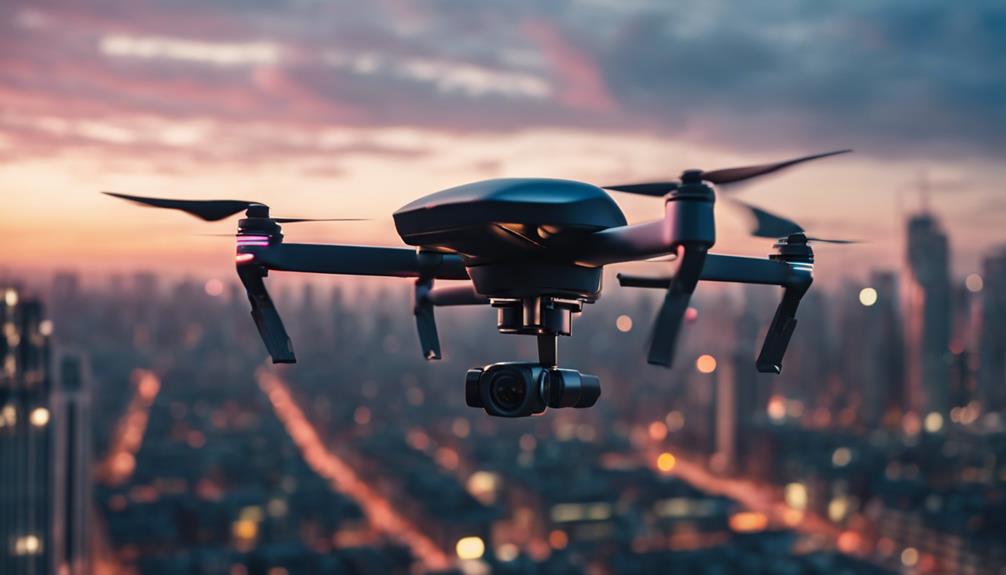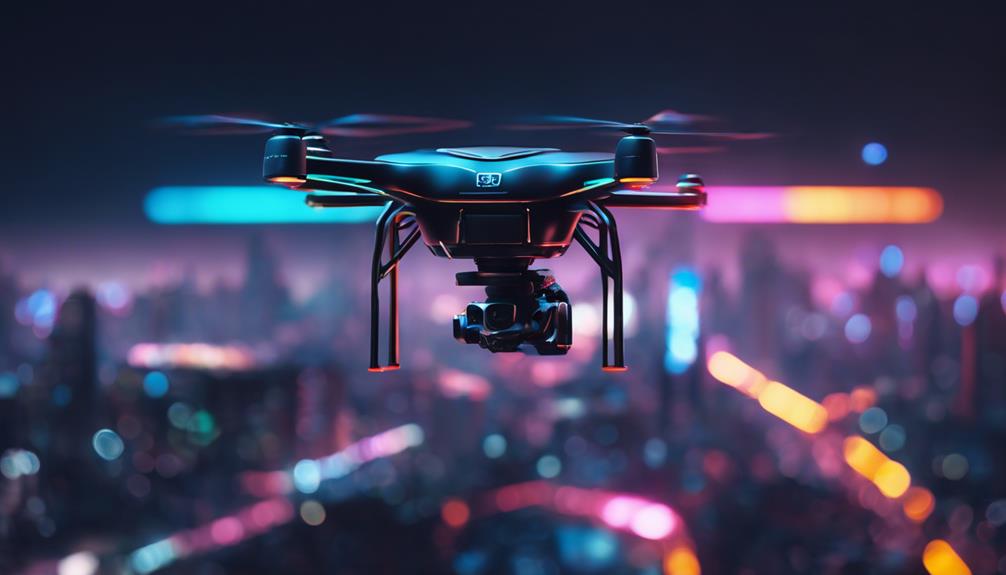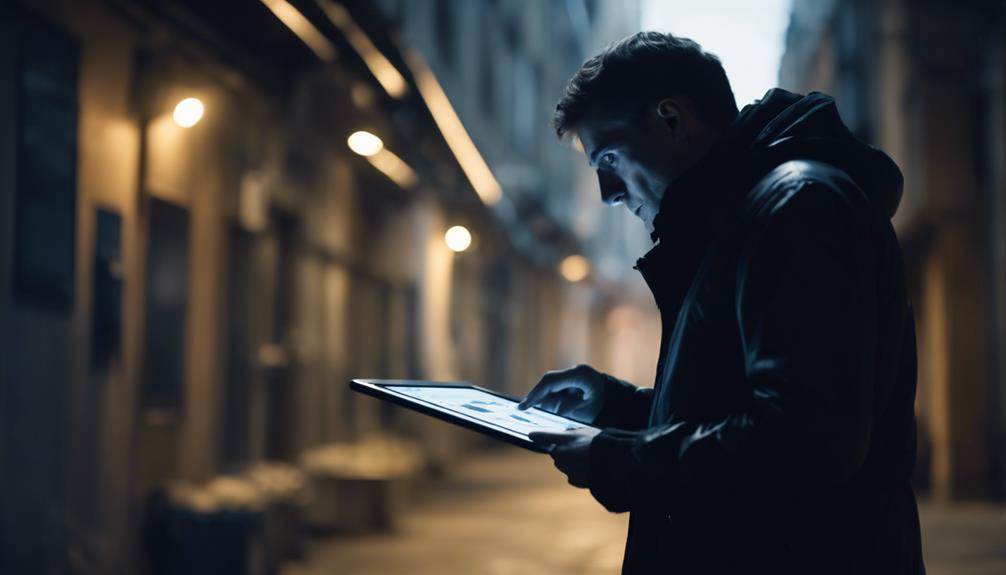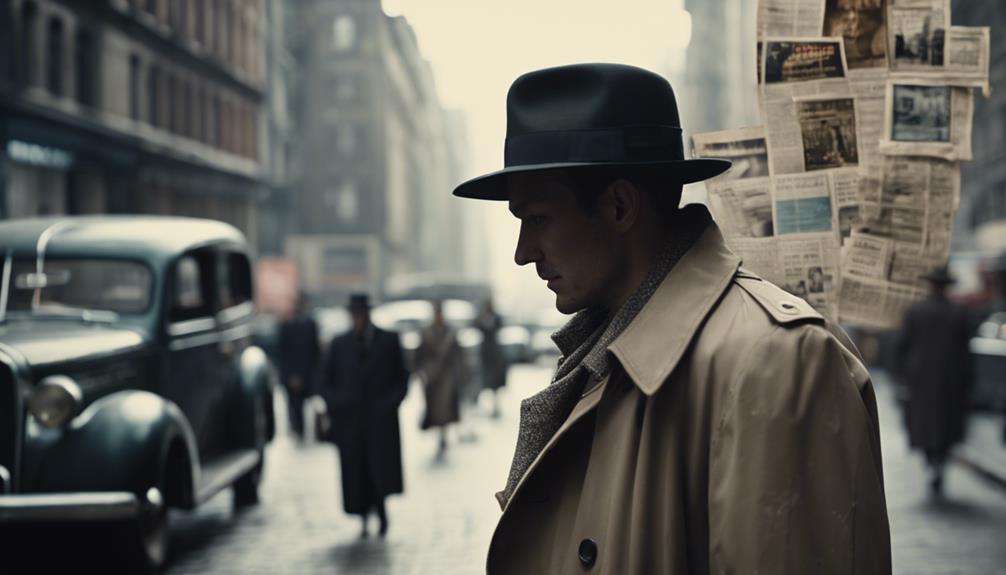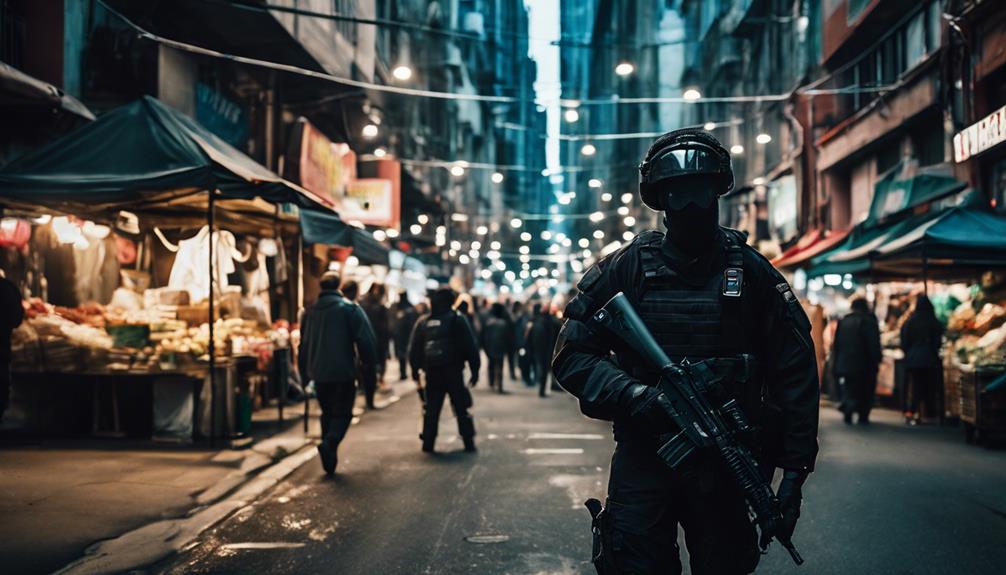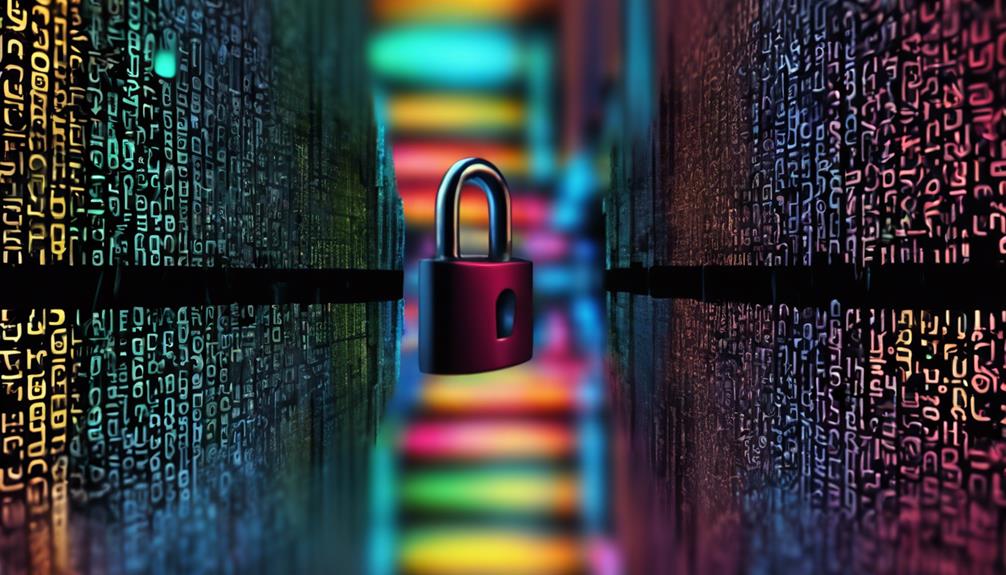
In an age where privacy can seem increasingly elusive, many individuals are turning to technology for reassurances of safety and security. Spy cameras and audio recorders have emerged as popular tools for covert surveillance. Whether it’s for monitoring a home, keeping an eye on pets, or ensuring the safety of loved ones, these devices offer a discreet way to gather information. However, understanding the mechanics, ethical implications, and legal boundaries is crucial for responsible usage. This article delves into the fundamental aspects of spy cameras and audio recorders, their rising popularity, and essential features to consider.
Understanding the Basics of Spy Cameras and Audio Recorders
Spy cameras are small, discreet devices designed to capture video footage without drawing attention. They can be hidden in everyday objects or built into specialized designs for covert operations. Audio recorders, on the other hand, focus on capturing sound, often used in conjunction with video for a comprehensive surveillance solution. These devices vary in quality, range, and storage options, catering to different needs and preferences.
The functionality of these tools extends beyond mere recording. Many spy cameras now come equipped with features like motion detection, night vision, and remote viewing capabilities via smartphone apps. Audio recorders can offer high-definition sound capture, and some models include noise-cancellation features to enhance clarity. Understanding these basics can help users make informed choices based on their specific requirements.
The Rising Popularity of Covert Surveillance Devices
The increasing concerns over personal safety, property theft, and privacy violations have contributed significantly to the growing interest in covert surveillance devices. With crime rates fluctuating in various regions, people are seeking ways to protect their homes and loved ones. Spy cameras and audio recorders provide a layer of security that can deter potential intruders and provide valuable evidence in case of an incident.
Moreover, the advent of smart technology has made spy cameras and audio recorders more accessible and user-friendly. Many devices now offer seamless integration with home automation systems, allowing users to monitor their environments in real-time from anywhere in the world. This convenience has made covert devices popular not only among homeowners but also among business owners looking to enhance security measures.
Key Features to Look for in Spy Cameras and Recorders
When choosing a spy camera or audio recorder, several key features should be at the forefront of your decision-making process. Video resolution is critical; higher resolutions, such as 1080p or 4K, provide clearer images, which can be essential for identifying details in footage. Additionally, the camera’s field of view is important; a wider angle allows for more comprehensive coverage of a space.
For audio recorders, consider the recording quality and battery life. High-quality microphones and longer battery durations ensure that you capture conversations clearly and maintain functionality during prolonged use. Other desirable features include cloud storage options for easy access to recordings, as well as smartphone compatibility for remote monitoring and alerts.
Legal Considerations When Using Surveillance Equipment
Before setting up a spy camera or audio recorder, it’s essential to understand the legal implications of using such devices. Laws regarding surveillance vary by country and region, particularly concerning privacy rights and consent. In many jurisdictions, recording audio without the consent of the parties involved may be illegal, potentially leading to serious legal consequences.
Even in areas where video recording is permitted, it’s important to consider where cameras are placed. Public areas generally have fewer restrictions than private spaces, like homes or workplaces. Adhering to local laws will not only protect your privacy but also help you avoid potential legal battles that can arise from misuse of surveillance equipment.
Enhancing Home Security with Spy Cameras and Audio Tools
The integration of spy cameras and audio recorders into home security systems has proven effective in deterring crime and enhancing overall safety. By placing cameras at key entry points, homeowners can monitor for suspicious activity and receive real-time alerts if movement is detected. These devices often serve as a psychological deterrent, as potential intruders may think twice when they know they’re being watched.
Audio recorders can complement video surveillance by capturing sounds that may indicate a breach or disturbance. For example, the sound of breaking glass or voices can alert homeowners to a potential threat. Together, these tools create a more robust security plan, allowing individuals to feel more secure in their environments.
Top Spy Camera Models for Every Budget and Need
When it comes to spy cameras, the market offers a wide range of options suitable for varying budgets and specific needs. For those on a tight budget, models like the Wyze Cam are affordable yet feature-rich, offering 1080p video, motion alerts, and two-way audio. On the higher end, the Arlo Ultra provides exceptional 4K video quality, advanced motion detection, and a robust array of smart features.
Audio recorders also come in various price points. Budget-friendly options like the Olympus WS-852 deliver clear sound quality and long battery life, making them perfect for casual use. For more serious tasks, professional-grade recorders such as the Zoom H1n offer superior audio capture and editing capabilities, catering to users who require high fidelity in their recordings.
How to Choose Between Video and Audio Recording Options
Deciding between video and audio recording options largely depends on the purpose of surveillance. If the goal is to monitor physical spaces, video recording may be more effective, providing visual context and identifying intruders. Features like night vision and wide-angle lenses enhance the effectiveness of video surveillance in various scenarios.
Conversely, audio recording is advantageous when the primary interest is capturing conversations or sounds. This can be particularly useful in situations such as meetings, interviews, or conversations where visual context may not be necessary. Understanding your goals will help you choose the right type of recording device, or even a combination of both, for comprehensive surveillance.
Innovative Technologies in Modern Spy Cameras
Modern spy cameras have evolved significantly, incorporating cutting-edge technologies that enhance their functionality and usability. Wi-Fi connectivity allows users to access live feeds and recordings remotely via smartphones or tablets. Additionally, advancements in artificial intelligence have enabled features such as facial recognition and behavioral analytics, providing more tailored security solutions.
Another innovative advancement is the integration of smart home technology. Many spy cameras can now connect with other devices in a smart home ecosystem, sending alerts, automating responses, and integrating with home security systems. These innovations transform traditional surveillance into proactive monitoring solutions, offering peace of mind for users while streamlining security management.
Tips for Properly Using Spy Cameras and Recorders
To maximize the effectiveness of spy cameras and recorders, users should consider strategic placement and regular maintenance. Cameras should be positioned to cover critical areas without obstructions while ensuring they remain discreet. Additionally, regularly checking for updates on camera software and firmware ensures that devices operate efficiently and securely.
Users should also be mindful of their recording settings. Adjusting resolution, frame rates, and audio settings based on the specific environment can improve the quality of recordings. Lastly, maintaining clear guidelines for when and how recordings will be reviewed and used can help maintain ethical standards in surveillance practices.
Ensuring Privacy: Ethical Use of Surveillance Devices
As much as spy cameras and audio recorders can enhance security, ethical considerations must guide their use. Transparency is essential; individuals should be informed when surveillance is taking place, particularly in private settings. This fosters trust and ensures that individuals’ rights are respected, minimizing potential backlash against surveillance practices.
Additionally, users should avoid intrusive monitoring that could breach personal privacy. Establishing clear boundaries about what is acceptable to record and under what circumstances can help prevent ethical dilemmas. By approaching surveillance with a focus on ethics and legality, users can utilize these tools effectively while maintaining respect for privacy.
Spy cameras and audio recorders serve as powerful tools in today’s world, offering individuals a means to enhance security and monitor their environments. As the technology continues to evolve, so too do the ethical and legal considerations surrounding their use. By understanding the fundamentals, key features, and responsible usage of these devices, users can harness their capabilities effectively. Ultimately, balancing security needs with respect for privacy can lead to a safer, more informed society.
